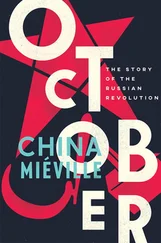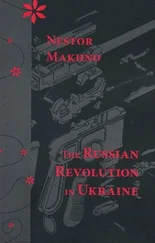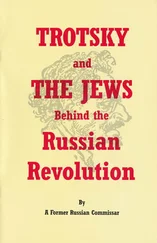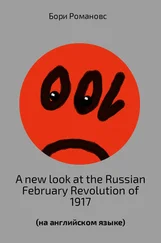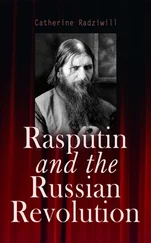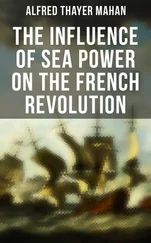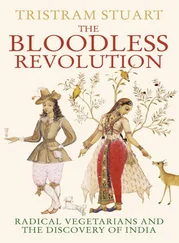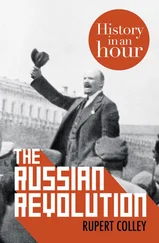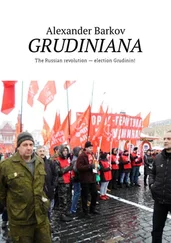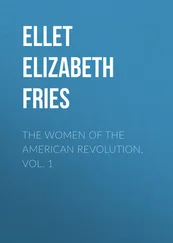Richard Pipes - The Russian Revolution
Здесь есть возможность читать онлайн «Richard Pipes - The Russian Revolution» весь текст электронной книги совершенно бесплатно (целиком полную версию без сокращений). В некоторых случаях можно слушать аудио, скачать через торрент в формате fb2 и присутствует краткое содержание. Жанр: Старинная литература, на английском языке. Описание произведения, (предисловие) а так же отзывы посетителей доступны на портале библиотеки ЛибКат.
- Название:The Russian Revolution
- Автор:
- Жанр:
- Год:неизвестен
- ISBN:нет данных
- Рейтинг книги:3 / 5. Голосов: 1
-
Избранное:Добавить в избранное
- Отзывы:
-
Ваша оценка:
- 60
- 1
- 2
- 3
- 4
- 5
The Russian Revolution: краткое содержание, описание и аннотация
Предлагаем к чтению аннотацию, описание, краткое содержание или предисловие (зависит от того, что написал сам автор книги «The Russian Revolution»). Если вы не нашли необходимую информацию о книге — напишите в комментариях, мы постараемся отыскать её.
The Russian Revolution — читать онлайн бесплатно полную книгу (весь текст) целиком
Ниже представлен текст книги, разбитый по страницам. Система сохранения места последней прочитанной страницы, позволяет с удобством читать онлайн бесплатно книгу «The Russian Revolution», без необходимости каждый раз заново искать на чём Вы остановились. Поставьте закладку, и сможете в любой момент перейти на страницу, на которой закончили чтение.
Интервал:
Закладка:
Lenin returns to Russia with German help
Lenin’s revolutionary tactics
the April 1917 Bolshevik demonstration
socialists enter Provisional Government
Bolshevik assets in the struggle for power and German subsidies
the aborted Bolshevik street action in June
Kerensky’s summer offensive
the Bolsheviks ready another assault
preparation for putsch
the events of July 3–5
the putsch suppressed: Lenin flees, Kerensky dictator
11 The October Coup
Kornilov appointed Commander in Chief
Kerensky asks Kornilov’s help in suppressing anticipated Bolshevik coup
the break between Kerensky and Kornilov
rise in Bolshevik fortunes
Lenin in hiding
Bolsheviks plan their own Congress of Soviets
Bolsheviks take over Soviet’s Military-Revolutionary Committee
the critical decision of October 10
Milrevkom initiates
coup d’état
Kerensky reacts
Bolsheviks declare Provisional Government overthrown
the Second Congress of Soviets ratifies passage of power and passes laws on peace and land
Bolshevik coup in Moscow
few aware of what had transpired
12 Building the One-Party State
Lenin’s strategy after power seizure
Lenin and Trotsky rid themselves of accountability to the Central Executive Committee of the Soviet
strike of white collar employees
the Council of People’s Commissars
accord with Left SRs and the breakup of the Peasant Congress
elections to the Constituent Assembly
decision to be rid of it
the dissolution of the Assembly
effects and implications
movement of Worker Plenipotentiaries
13 Brest-Litovsk
Bolsheviks and traditional diplomacy
German and Bolshevik approaches to talks
divisions in the Bolshevik command
initial negotiations
Trotsky at Brest
bitter divisions among Bolsheviks and the German ultimatum
Germans decide to be firm
they advance into Soviet Russia
Allied efforts to win over Bolsheviks
Moscow requests Allied help
Russians capitulate to German terms
Soviet government moves to Moscow
terms of Brest-Litovsk Treaty
first Allied landings in Russia
American reaction to Bolshevik policies
principles of Bolshevik foreign policy
14 The Revolution Internationalized
Small Western interest in Russian Revolution
foundations of Red Army laid
further talks with Allies
German embassy arrives in Moscow
Soviet embassy in Berlin and its subversive activities
the Czechoslovak rebellion
Bolsheviks adopt military conscription
Czech advances
the Kaiser decides to continue pro-Bolshevik policy
the Left SRs plot uprising
they kill Mirbach
suppression of their rebellion
Savinkovs clandestine organization
the Iaroslavl rising
Riezler fails in attempt to reorient German policy
further Allied activities on Russian soil
Bolsheviks request German intervention
Supplementary Treaty with Germany
Russians decide the Germans have lost the war
the problem of foreign “intervention
”
15 “War Communism”
Its origins and objectives
“Left Communists”plan implementation
attempts to abolish money
creation of Supreme Economic Council
decline of industrial productivity
decline of agricultural productivity
efforts to abolish the market and the growth of a shadow economy
anti-labor legislation
trade union policy
effects of War Communism
16 War on the Village
Bolsheviks view peasants as class enemy
what peasants gained in 1917–18 and at what cost
food requisition policies and hunger in the cities
campaign against the village begins, May 1918
food supply detachments meet with resistance: massive peasant revolt
“Committees of the Poor
”
assessment of the campaign
17 Murder of the Imperial Family
Russian regicide unique
the ex-tsar and family in the first months of Bolshevik rule
Ekaterinburg Bolsheviks want ex-tsar in their custody
Nicholas and Alexandra transported to Ekaterinburg
the “House of Special Designation
”
murder of Michael as trial baloon
Cheka fabricates rescue operation
decision to kill ex-tsar taken in Moscow: Cheka takes over guard duties
the murder
disposal of the remains
assassination of other members of the Imperial family at Alapaevsk
Moscow announces execution of Nicholas but not of family
implications of these events
18 The Red Terror
Lenin’s attitude toward terror
abolition of law
origins of the Cheka
Cheka’s conflict with the Commissariat of Justice
Lenin shot, August 30, 1918
background of this event and beginning of Lenin cult
“Red Terror” officially launched
mass murder of hostages
some Bolsheviks revolted by bloodbath
Cheka penetrates all Soviet institutions
Bolsheviks create concentration camps
victims of Red Terror
foreign reactions
Afterword
Glossary
Chronology
Notes
One Hundred Works on the Russian Revolution
About the Author
ILLUSTRATIONS
1. Lenin, March 1919. VAAP, Moscow.
2
. Nicholas II and family shortly before outbreak of World War I. Brown Brothers.
3
. Viacheslav Plehve.
4
. Remains of Plehve’s body after terrorist attack.
5
. Prince P. D. Sviatopolk-Mirskii.
6
. Governor Fullon visits Father Gapon and his Assembly of Russian Workers.
7
. Bloody Sunday.
8
. Paul Miliukov. The Library of Congress.
9
. Sergei Witte. The Library of Congress.
10
. Crowds celebrating the proclamation of the Manifesto of October 17, 1905.
11
. After an anti-Jewish pogrom in Rostov on Don. Courtesy of Professor Abraham Ascher.
12
. Members of St. Petersburg Soviet en route to Siberian exile: 1905.
13
. The future Nicholas II as tsarevich. Courtesy of Mr. Marvin Lyons.
14
. Dancing class at Smolnyi Institute, c. 1910. Courtesy of Mr. Marvin Lyons.
15
. Russian peasants: late nineteenth century. The Library of Congress.
16
. Village assembly. Courtesy of the Board of Trustees of the Victoria and Albert Museum, London.
17
. Peasants in winter clothing.
18
. Strip farming as practiced in Central Russia, c. 1900.
19
. L. Martov and T. Dan.
20
. Ivan Goremykin.
21
. P. A. Stolypin: 1909. M. P. Bok Papers, Bakhmeteff Archive, Rare Book and Manuscript Library, Columbia University.
22
. Right-wing Duma deputies.
Читать дальшеИнтервал:
Закладка:
Похожие книги на «The Russian Revolution»
Представляем Вашему вниманию похожие книги на «The Russian Revolution» списком для выбора. Мы отобрали схожую по названию и смыслу литературу в надежде предоставить читателям больше вариантов отыскать новые, интересные, ещё непрочитанные произведения.
Обсуждение, отзывы о книге «The Russian Revolution» и просто собственные мнения читателей. Оставьте ваши комментарии, напишите, что Вы думаете о произведении, его смысле или главных героях. Укажите что конкретно понравилось, а что нет, и почему Вы так считаете.

